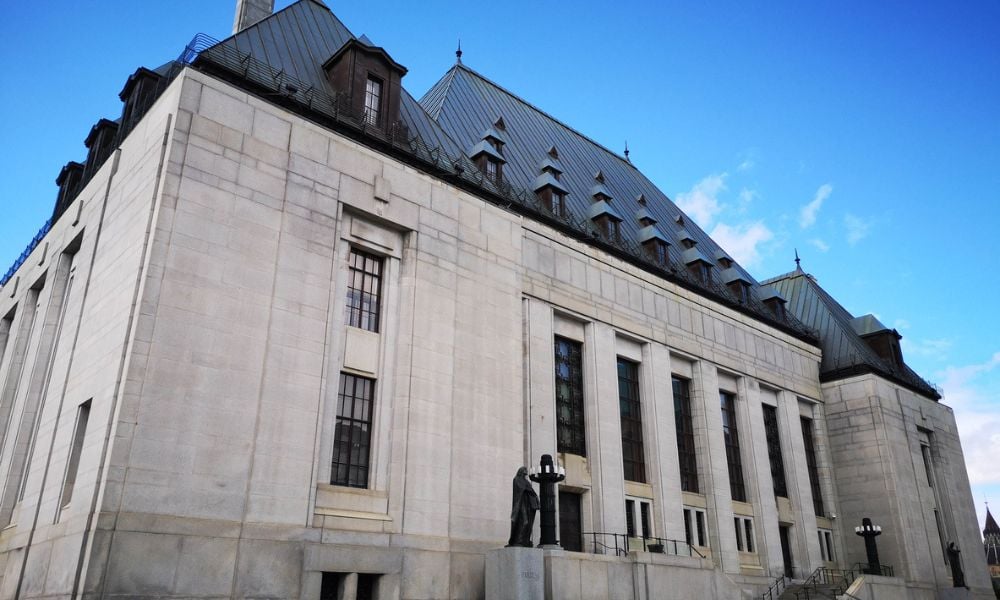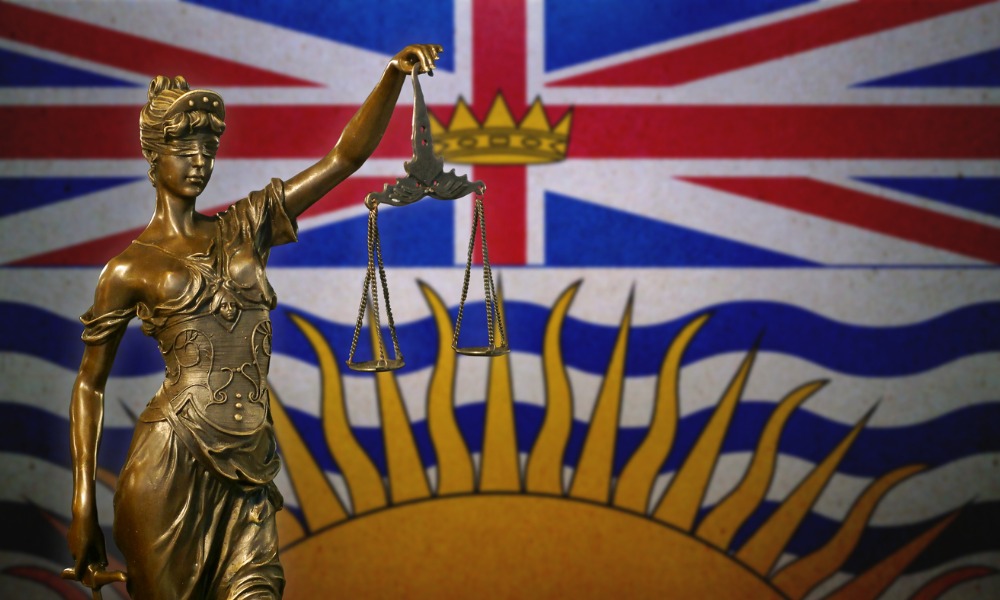Jayde Wood says industrial design IP can also provide a way to protect a product’s technology

Recent changes to Canadian intellectual property laws have kept lawyers busy, including new provisions dealing with industrial design law, says Jayde Wood of Oyen Wiggs Green Mutala LLP in Vancouver.
“IP lawyers have been super busy learning about the new changes,” Wood says, adding that the “changes aim to modernize our IP law and how it is practised.”
Wood notes one of the significant areas that has gotten a makeover is industrial design, in which she specializes. She says Canada is now a member of states contracted to The Hague Agreement Concerning the International Deposit of Industrial Designs, also known as the Hague system. It provides a mechanism for registering an industrial design in several countries using a single application, filed in one language, with one set of fees. “This is something that could be helpful to many Canadian companies,” Wood says.
Similarly, Canada is now part of the International Madrid Protocol on trademark law. “So again, you can international trademark protection with one application,” Wood says. It offers businesses and innovators the possibility of obtaining trademark protection in more than 100 countries.
World Intellectual Property Organization administers both programs.
Wood says that another change is the term of design protection. In the past, a design registration had a term of 10 years from the date of registration, but now it is either 15 years from the date of filing or ten years from the registration date, whichever expires later.
“Effectively, the duration of protection, in most cases, has been extended,” she says. “And that’s really good news, which will help Canadian companies to engage in the innovation process knowing their designs can be protected for longer.”
Wood is a featured panellist at Canadian Lawyer’s webinar, IP Law: New industry and regulatory developments, on March 10. Her practice focuses on the strategic creation and development of IP assets, particularly patents, industrial designs, and trademarks. She also assists clients with licensing, co-development agreements, and IP due diligence.
Wood says that many IP laws, which had been on the books for years, did not reflect the current reality of technology’s impact on form and function coming together to create a unique product.
“When I think about industrial design protection, I think of it as one of the tools in my kit to help a company protect their technology,” says Wood. There also is a spectrum of pure design. For example, on one end, the Jaguar logo or hood ornament exists for its beauty and instant recognition, and a product on the other end may not have any aesthetic appeal but has an important function. More often, she says, it's a hybrid situation, where design incorporates both function and beauty.
Many Apple products, for example, are known and admired for this hybrid quality of form and function, says Wood, and there have been lawsuits Apple has launched to protect its industrial design. The most famous is the battle between Apple and Samsung, which started in 2011 when Apple accused Samsung of “slavishly” copying the iPhone’s design and software features.
Prosecuting the case cost the two world’s two largest smartphone makers hundreds of millions of dollars and resulted in several rulings and appeals. The case went back and forth through the court system, with jurors finding Samsung had infringed on most of the patents in question — including software features like double-tap zooming and scrolling. Many devices also infringed on hardware style or icon setup.
A jury awarded Apple $539 million in May 2018, but not long after, the two companies ended the epic seven-year battle in a settlement under which the terms were not made public.
“This case has always been about more than money,” Apple said in a statement during the court battle. “Apple ignited the smartphone revolution with iPhone and it is a fact that Samsung blatantly copied our design. It is important that we continue to protect the hard work and innovation of so many people at Apple.”
Wood says the Apple-Samsung case is a perfect example of issues that can come up with industrial design protection and how it interacts with patent protection and the function of a product.
“The Apple-Samsung case highlights the idea that design protection is just as important as other types of IP protection and it’s often cheaper and easier to obtain,” she says. Wood adds that at a recent web conference put on by the University of California at Berkeley, data was shown that indicated filing for design protection increased dramatically after the Apple-Samsung dispute.
“I think that indicates businesses now are aware there is potential in design protection," she says. "They should use it when it is applicable to generate business value and protect their innovation.
“At the end of the day, the job of a company is to innovate and create beautiful and functional products. Our job as lawyers is to go in and help them to commercialize their product and protect that product and its design.”










